Content marketing ROI. Learn how to calculate content marketing ROI and maximize your sales.
Discover what content marketing ROI is and how you can measure yours.
Measuring content marketing ROI will help you see how effective your content is. It’s the only way to evaluate your strategy and improve.
Unfortunately, 62% of marketers have no clue about how to measure content marketing ROI.
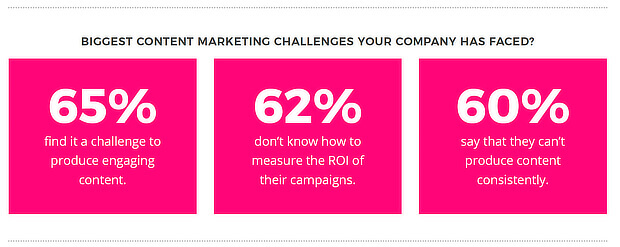
It’s one of the biggest content marketing challenges. Today you’ll learn how to overcome that challenge and measure content marketing ROI.
It’ll help you move forward faster and beat your competitors.
But first, let’s check out what content marketing ROI is.
What Is Content Marketing ROI?
Content marketing ROI (return-on-investment) is one of the most important things to measure. It’s a ratio between the income and expenses – the profitability.

The formula above is just a general calculation formula. There are multiple formulas and metrics you can use to measure it correctly.
It’s all about what marketing metrics matter to you the most. The 4 essential metrics that can help you measure your ROI are:
- Website traffic
- Leads generated
- Conversion rate
- Direct sales
We’ll look at how to use each of them to calculate the content marketing ROI in a while.
Why Do You Need To Measure ROI?
Measuring the ROI will help you see if your content marketing strategy is profitable.
It’s KPI (key performance indicator), which is exceptionally useful in measuring success over time. It’ll take the guesswork out of making future business decisions by telling you what brings you the most sales and what is just draining your wallet.
It’ll also help you separate from most marketers and allow you to move ahead quickly.
You’ll see where to cut back but also invest more. For instance, you could be producing a lot of content, yet nobody is reading it – you get no return. This means that you should cut back on the production and instead invest more in marketing.
It’ll also prevent negative content marketing ROI.
That’s right, that can happen too. You could be investing money in content while seeing no results and losing money– a negative ROI.
And this is where our ROI becomes IOU – I owe you.

Monitoring ROI will allow you to make financial decisions that will help you successfully grow your business.
How To Measure Content Marketing ROI
Measuring content marketing ROI will help you separate yourself from other marketers and improve your content marketing strategy.
We’ll divide this process into two steps.
1. Understand The Cost Of Content Marketing
We’ve talked about the basic ROI formula earlier in the first section.
We’ll now look at how to calculate the cost of your content– how much you spent. We will divide it into two parts of content marketing, content creation, and content promotion.
Content creation
It starts with coming up with compelling ideas people are interested in. You’ll then need to research the topic, create content, edit it and publish it on your website.
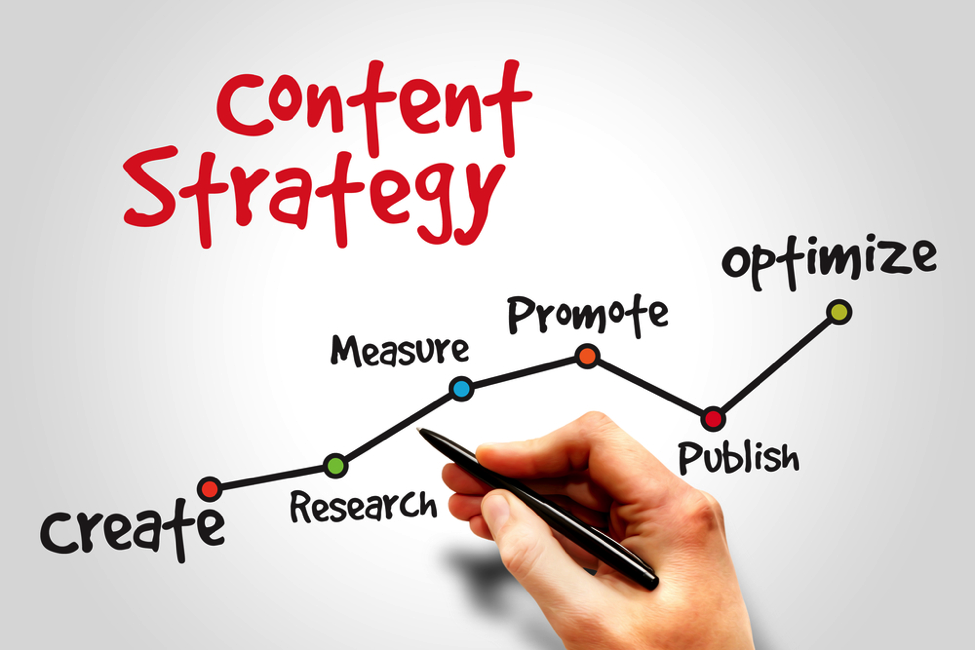
This can be very costly because you’ll need to hire a writer and an editor. You could also do the work yourself at zero cost.
Well, NOT REALLY.
You need to realize that by creating content yourself, you’re putting away your time.
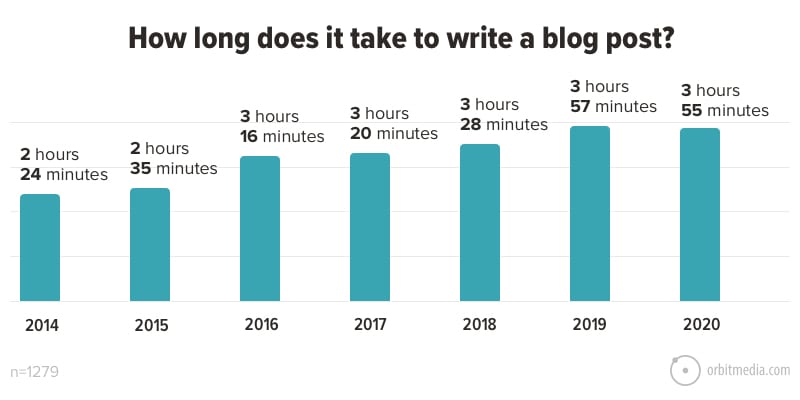
You won’t be able to perform other tasks that matter. And of course, your time has a price too. You should sum up the hours and multiply it by your hourly wage.
Let’s say you’re making $20 / hour and write a blog post for 4 hours each.
The price for a blog post is then $80. Even though you don’t pay with money, you pay with time, which you could use for other essential things.
Alternatively, you can use our Content Intelligence to boost your content creation. It provides you data-driven content strategies that are SEO-friendly.
The best part? It’ll guide you as you write:
You will be able to see your content score as you write. Other than that, you will also see the top content’s word count, number of headings, and average links they used. This will help you greatly in reducing your content research time.
Better still, it gives you a breakdown of your keyword in terms of usage, similar keywords, and example sentences.
You may use them to make your content more relevant to your topic and ultimately to your audience.
Learn more about how to improve your content creation process from our post.
Content marketing
When you’re done with crafting a piece of content, it’s time to promote it.
You must share your content and get it out to the world to get people to read it. There are a couple of ways you can do that, such as:
- PPC Ads
- Social media marketing
- Influencers marketing
Whatever strategy you use, you should find out how much you spend.
You should then sum up the cost of content promotion with the cost of content creation to get the total amount of money you spend on content marketing.
2. Understand The Return That You Want
You got the cost of content marketing, now is time to find out how much money is your content bringing you.
There are four key metrics every marketer should consider.
- Consumptions Metrics
- Sales Metrics
- Lead Generation Metrics
- Sharing Metrics
They will help you measure our content strategies’ effectiveness and make calculating the content marketing ROI effortless.
Consumptions Metrics
Consumption metrics are super-easy to measure.
The most effortless way you can measure them is with Google Analytics or YouTube Insights. Depending on what type of content you produce.

If you hear consumption metrics, the first thing that comes to mind is page visits or views. But, that’s only a bare minimum of what you should measure.
The essential consumption metrics you should measure are:
- Page visits – views, unique visits
- Referral traffic – the number of visits through referral (social media platforms, etc.)
- Time on site – the average time consumers spend on your site
- Abandonment rate – the rate at which consumers leave the site
They can give you a brief insight into how much traffic you generate. It can be a great indicator of overtime growth and ROI.
The more traffic you get, the more people will convert – a better ROI.
Sales Metrics
They’ll help you understand prospects’ behavior from becoming a lead to the conversion. But, they are not as easy to measure.
You’ll need a marketing platform and CRM system for that.
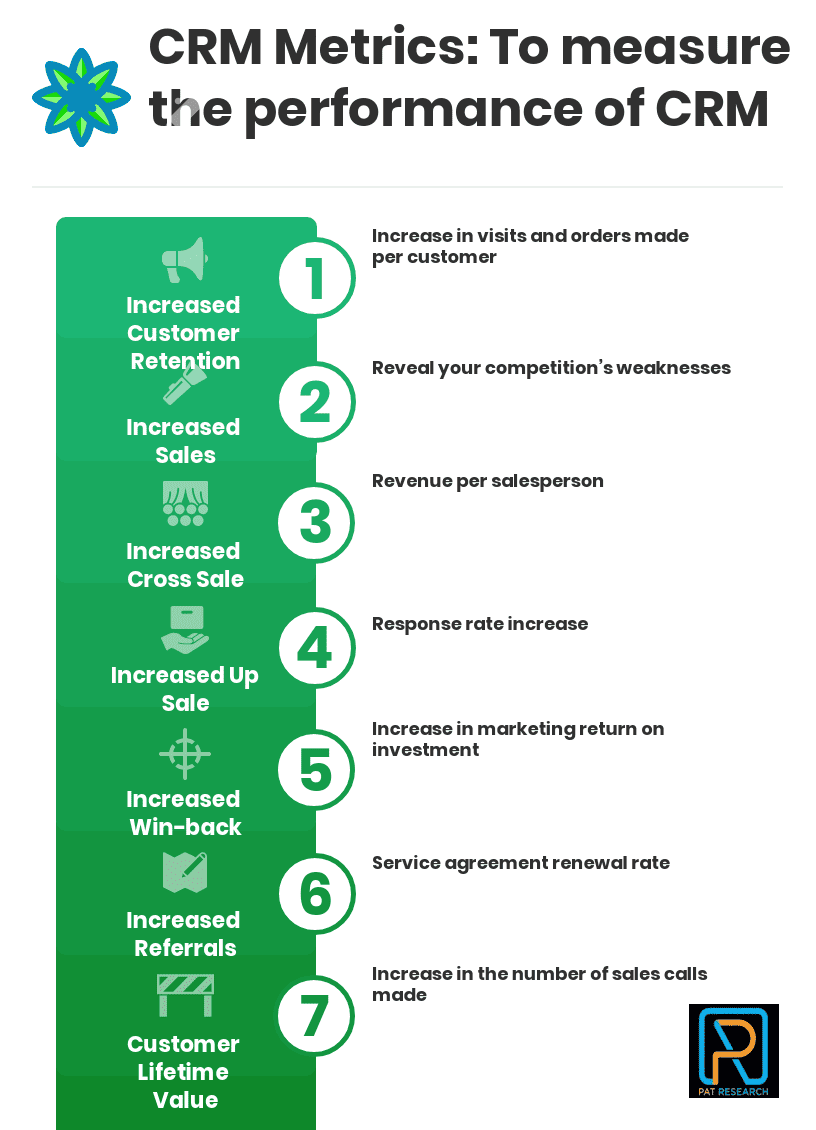
The 4 most important sales metrics to measure are:
- Sales cycle length – how long does a conversion from a lead to customer take
- Lead response time – the time it takes to respond to a lead that reached out to you
- Opportunity win rate – the number of closing opportunities that you have won
- Average new deal size – the average amount of money you make per closed lead
Measuring these metrics will help you strategize your plan, understand your prospects better and yield more sales.
Lead Generation Metrics
Lead generation metrics can help you see how many prospects you generate and convert.
But, you must first define what a lead is.
For some, a lead is simply someone who visits your website and content. While for some, it’s someone who subscribes to your email list.
After you define a lead, it’s time to look at the 3 most important metrics you should measure:
- Bounce rate – how many users left the site after viewing just one page
- Click through rate – the number of people who performed the desired action.
- Conversions & conversion rate – how many leads converted into customers
Measuring these metrics will help you understand how many leads you generate and how many of them converted into customers.
It’s one of the most vital indicators of content marketing ROI.
Sharing Metrics
Sharing content is one of the best ways to get more potential customers.
It’ll increase your brand awareness, generate more referral traffic and improve conversions. It’ll also help you find out how much engagement you are getting overtime.
There are many sharing metrics like shares, tweets, or likes. But, you should also measure:
- Reach – the number of people who saw your content on the social media platform
- Engagement – the response of your audience to your content
- Amplification rate – the rate at which the audience shares your content
You should strive to maximize all these metrics.
They’ll help you scale up your audience, get more potential customers and boost conversions. It’ll go a long way in measuring and improving content marketing ROI.
Calculate Your Content Marketing ROI
We’ve talked about the essential content marketing metrics you can measure for calculating ROI.
Let’s now look at the specific formulas you can use with these metrics to figure out your content marketing ROI. It’ll help you stay ahead of other marketers and see how profitable your business is.
Choose Metrics That Are Aligned With Your Goals
Goals are essential for marketing success.
In fact, setting goals can help you achieve higher results and make your business more successful.

There are many goals you can set for your content marketing. The easiest way to figure out your goal is to ask yourself – What should people do after reading your content?
Is it learning more about your company, subscribing to your email list, or buying a product?
You must find out your goal, measure the right metrics and use them to calculate your content marketing ROI.
We’ll look at the 4 most common goals and how to calculate the ROI for each of them.
- Sales
- Customer acquisition
- Lead acquisition
- Brand awareness
ROI Calculation Formulas
Now is time to get into the needy-greedy.
Let’s look at the actionable ways you can use to calculate your return on investment.
Sales
This is the most straightforward formula of all.
You’ll just need to calculate how many sales you made from content marketing and how much it cost you.
The formula will look like below.
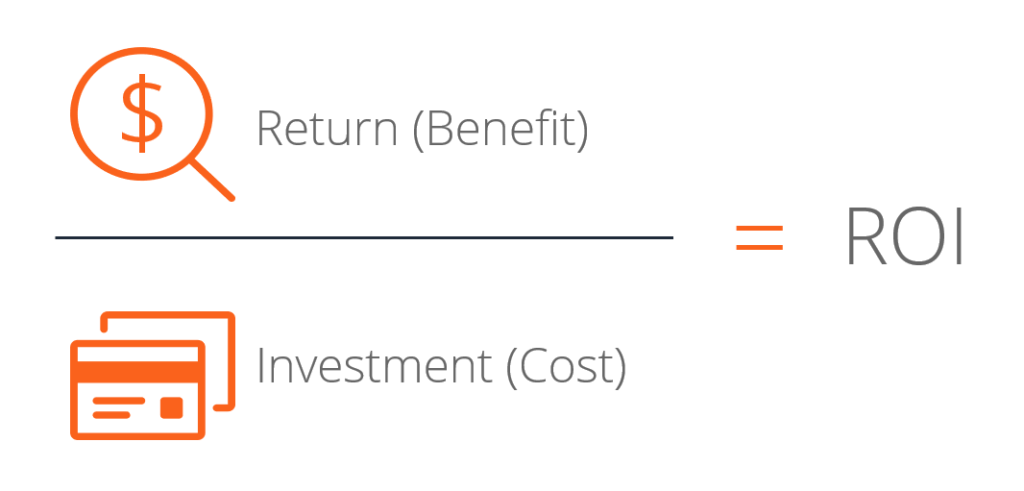
The tricky part is finding out how many sales are from content marketing, though.
Customer Acquisition
You’ll need to find out two things to calculate your content marketing ROI – customer acquisition cost and customer value.
The basic formula looks like this: ROI = (CV – CAC) / CAC × 100%.
CV – Customer value.
CAC – customer acquisition cost.
Let’s look at an example so you can understand it better.
Let’s say you spend $100 to acquire a new customer. And on average, a new customer will lead to a $200 profit during their time of being a customer.
The formula would then look like this: ROI = (200 – 100) / 100 × 100% = 150%.
That means your ROI is 150% – you get $1.5 on every dollar you spend.
Lead Acquisition
To calculate the ROI from lead acquisition, you must know the lead’s value and the conversion rate. If your conversion rate is 15% and a customer’s lifetime value is on average $600, then the value of a single lead is:
$600 x 15% = $90
After that, you must find out how many leads you can acquire from your content marketing and how much it costs you. The basic formula looks like this:
The basic formula looks like this: ROI = (LV – LAC) / LAC × 100%.
LV – Lead value.
LAC – lead acquisition cost.
Let’s look at an example so you can understand it better.
Let’s say you’re able to acquire 20 leads, their value is $1.800, and you spend $1.000 on acquiring them.
The formula would then look like this: ROI = (1.800 – 1.000) / 1.000 × 100% = 80%
That means you’ll get $1.80 for every dollar you spend.
Brand Awareness
You can also calculate the ROI from brand awareness.
For that, you’ll need to calculate the value of a single visit to your website. After that, you’ll need to calculate the cost of acquiring a single visit.
The basic formula looks like this: ROI = (S / PV) × 100%
PV – page views
S – sales
Let’s look at an example so you can understand it better.
Let’s say you’re getting 10.000 pageviews and generating $1000 in sales. The formula would then look like this: ROI = (1.000 / 10.000) × 100% = 10%
That means you’re getting 10 cents on every page visit you get. It’s not as accurate, though. But it can help you get at least an idea of where you are at.
What’s Your Content Marketing ROI?
Calculating content marketing ROI is essential.
It’ll help you figure out how reasonable your efforts are and help you stay ahead of other marketers. But, it’s not as simple as it looks like.
We’ve talked about a few ways you can use to calculate content marketing ROI.
Which one of them will you use for your content marketing? Or did I forget to mention something?
Either way, let me know in the comment section right now.




